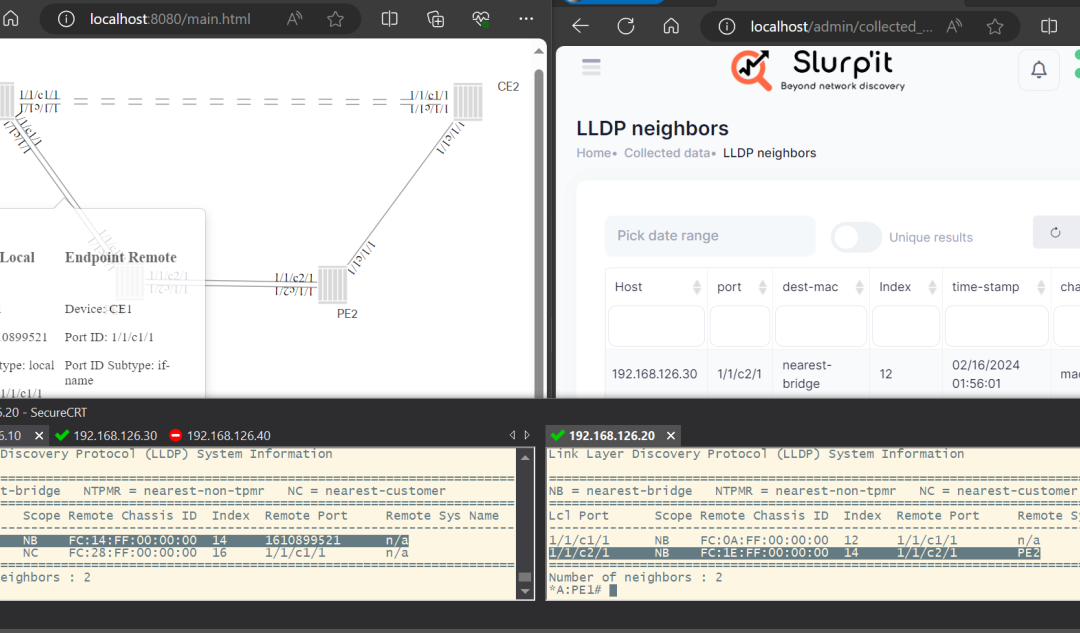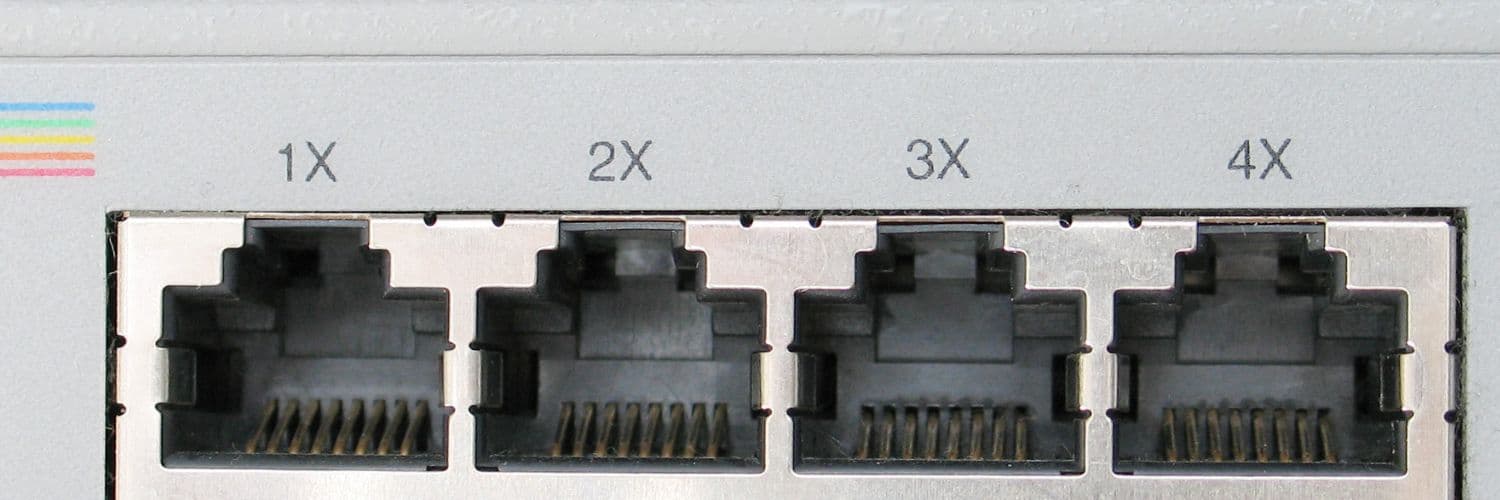Virtualization – the concept has been around for years. LAN, overlay networks – we have heard of these a lot. But the transformation didn’t stop here. The traditional network paradigms have been doing great – however, flexibility and efficiency was missed.
In this blog, we will talk about the intricacies of network virtualization. We will explore the importance of it, and how virtualization actually works. To the end, we have even made sure to list out the use cases and challenges, so let’s dive in!
What is Network Virtualization?
In simpler words, network Virtualization is an abstraction of network resources. These elements can be anything like switches, routers, or even firewalls from any hardware. During the process of abstraction, a creation of multiple virtual networks happens. These networks operate independently on a shared physical infrastructure.
What happens is – when we decouple network functions from hardware constraints – an organisation can utilise their resources optimally. Hence virtualization makes it easier for organisations to adapt to any changing network demand with ease.
Is flexibility and efficiency important in networking?
Absolutely yes. The networking environment of today demands flexibility and efficiency. Businesses these days need agile networks so that the scaling process goes seamlessly. No matter how much the workload is, even if it keeps on fluctuating, it has to be accommodated. And network virtualization provides the same. It gives businesses flexibility to allocate resources dynamically. They can efficiently optimise their network performance, and can stay ahead in this competitive environment.
Now, let’s get into the details
Network virtualization technology comes with a range of solutions. These solutions enable the creation of virtualized network environments. All of these leverage software defined networking (SDN) and network function virtualization (NFV). This altogether abstract network resources and automates the whole network management task.
Types of Network Virtualization
There are two types basically:
Software-defined networking (SDN):
What happens with SDN is it separates the control plane from the data plane. This separation allows centralised network management and programmable network infrastructure.
Network function virtualization (NFV):
Over here, NFV, virtualizes network functions. It can be anything like a firewall or load balancers. This enables the network to run as software says on any standard hardware.
What are the benefits of Network Virtualization?
It offers multiple benefits. Reason being, it doesn’t require admins to manually configure hardware. And that’s why teams can spin up a logical network more quickly. Apart from this, the various other benefits it offers are:
Scalability
The best part about virtualized networks is that they are highly scalable. It can scale dynamically to accomodate to any changing workload. No matter what the network demands are, the scalability ensures optimal performance and best resource utilisation.
Resource optimization
Yet another best thing about virtualized networks is it can abstract network resources from hardware. And because of this the resource utilisation gets optimised. There is a reduced need for overprovisioning, which further results in efficient network operations.
Cost reduction
If looked into the costing aspect, virtualization reduces hardware cost. This happens because of the elimination of dedicated network appliances. The whole network management process gets streamlined – hence even the operational expenses are reduced.
Simplified management
To the last,because of centralised management and automation the network provisioning aspect gets simplified. Additionally, configuration, troubleshooting also gets easier – the operations gets more efficient, reducing the overall risk of human errors.
How to implement network virtualization?
Initially, the virtual switches, routers, and network adaptors abstract physical network devices in software based entities. This enables flexible network provisioning and configuration. Then the SDNs, software defined networking architectures make the use of centralised controllers to manage network resources.
This whole process happens through programming only.
Once done, the process enables dynamic traffic routing along with policy enforcement.
Coming to NFVs, Network Function Virtualization deploys virtualized networks functions and orchestration systems. The deployment is done so as to automate service delivery and management tasks. And this whole process helps organisations to deploy and scale network services on demand.
Use cases and applications
There are a lot of use cases of network virtualization. Starting from cloud computing, software defined WAN, to Internet of Things, and telecommunication and services providers – one can do a lot.
- Virtualized network enable multi-tenancy and resources isolation in cloud environments, this improves security and performance for cloud based applications and services
- Coming to SD-WAN, these solutions make use of virtualized network overlays to optimise traffic routing and application performance over wide area networks. This helps in improving connectivity and cost reduction for distributed enterprises
- Virtualization helps with deployment and management of large scale IoT networks.
- To the last, NFV helps service providers to deliver virtualized network services. For example, virtualized firewalls or load balancers – more efficiently and cost effectively.
Challenges and considerations
A lot of challenges come into play when an organisation implements virtualized networks. Starting from hypervisor vulnerabilities to east west traffic visibility – all these have to be addresses and robust security measures have to be in place. Some other challengers are
- Network performance and latency
- Integration with legacy infrastructure
- Skills and training requirements.
All in all, the future of virtualized networks is brighter than ever. You can witness network slicing for customised services in the near future. Moreover, some major advancements that will happen are – edge computing, virtualized edge networks, integration of AI and ML, and more of standardisation and interoperability efforts will be taken. So, are you ready to witness it all?













